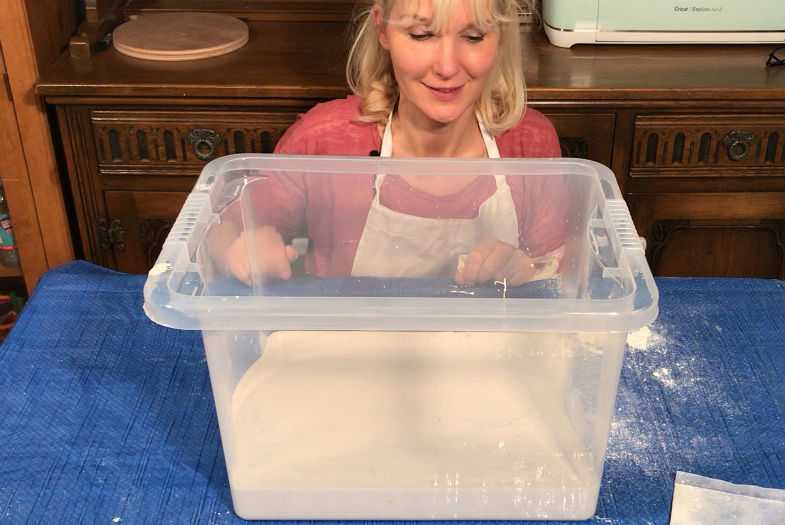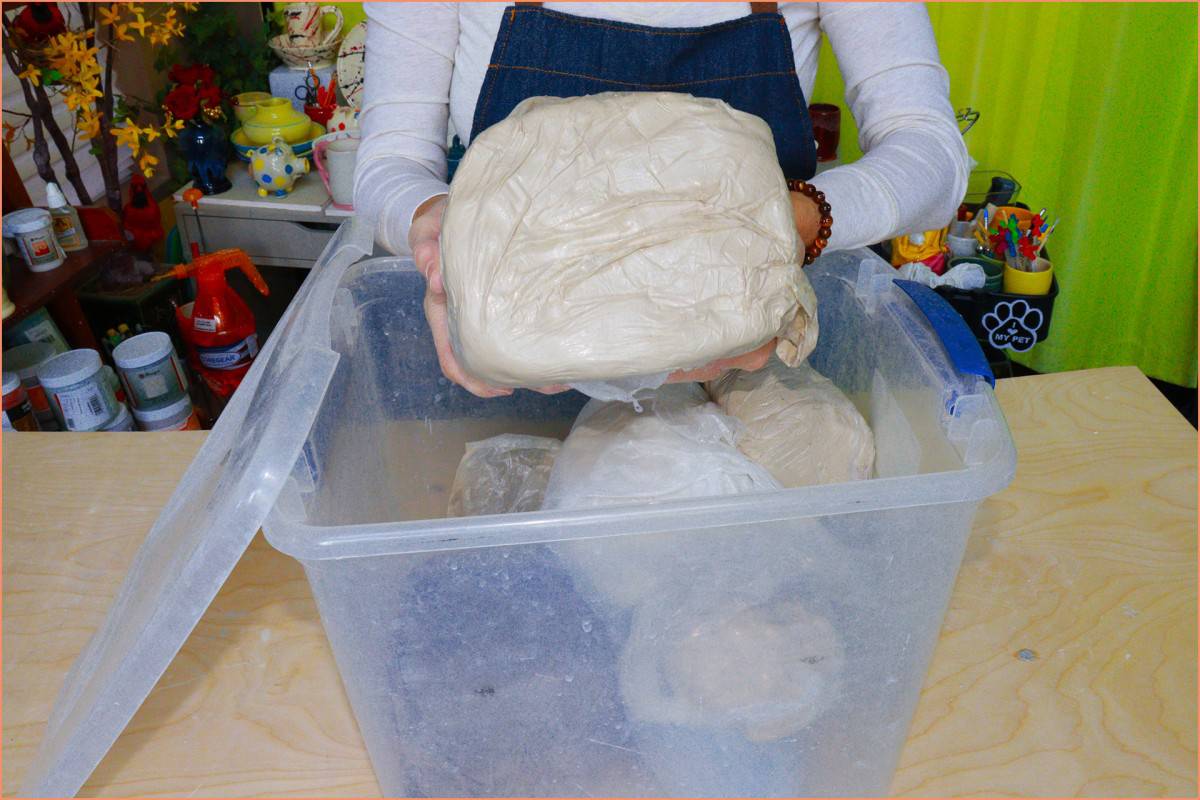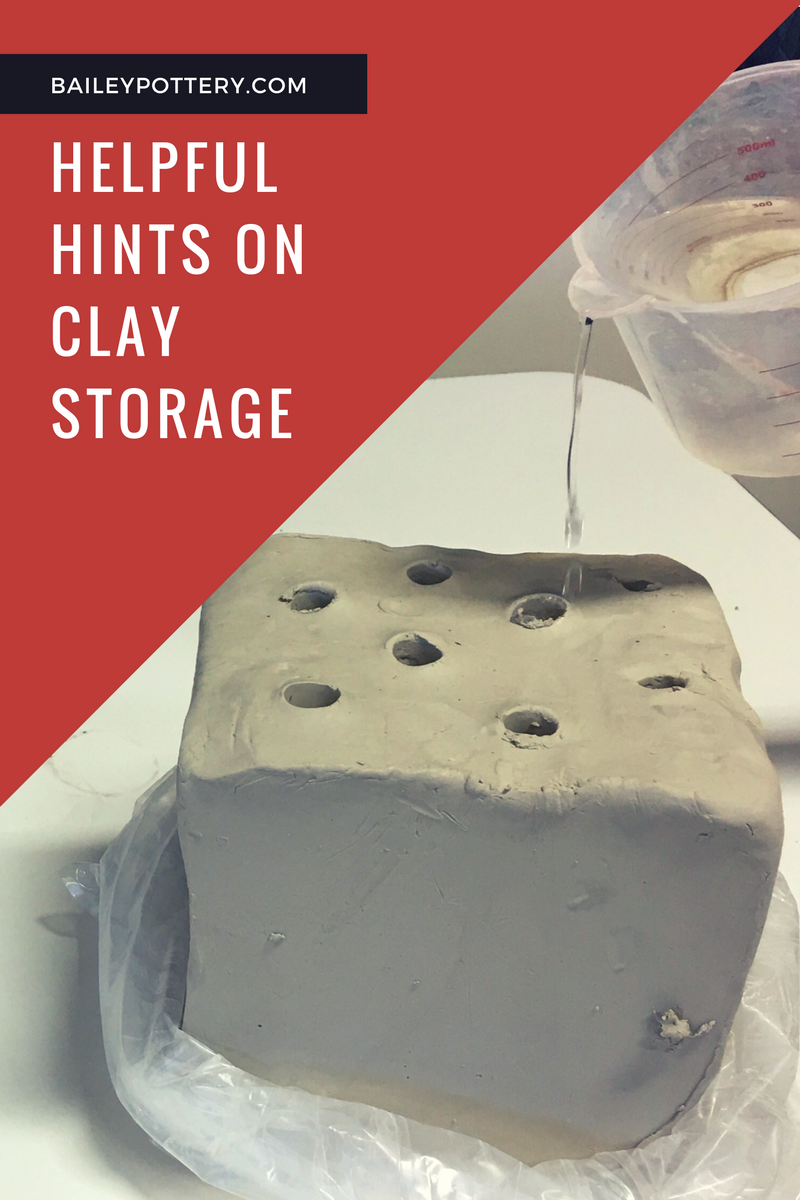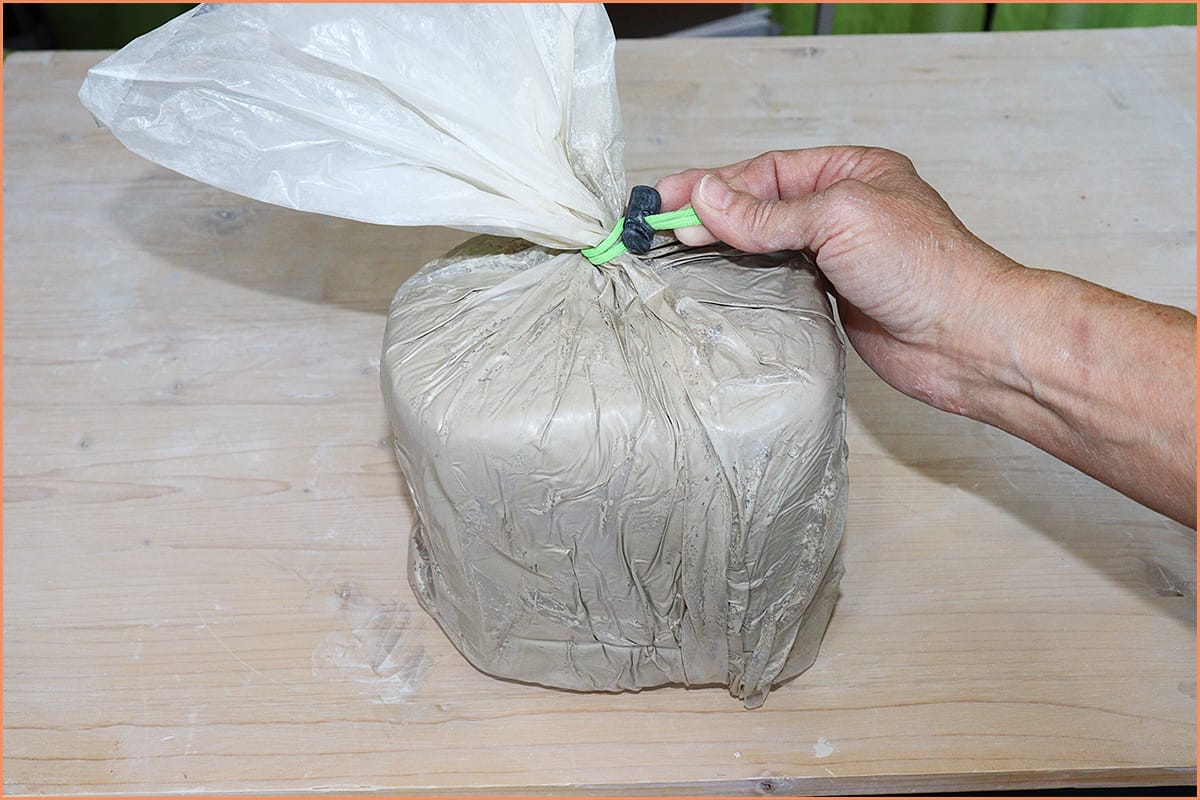Heartwarming Tips About How To Keep Clay Wet

Here are a few tips and tricks to ensure that your clay body stays wet when working.
How to keep clay wet. First of all, take a small bowl of water and keep a sponge near you. I usually prefer dry processing my clay but it doesn't work for all clays, for different reasons,. Be mindful about how close you allow the flame or heat gun to get to the form.
How do you keep stored clay from drying out. There are 2 primary ways to process wild clay, wet or dry. After a few days remember to remove the towel and you will find that.
So, try to dab a small amount of water in the piece. Let the form rest a. If your unused blocks of clay start to dry out while storing, there are a few ways you can keep them moist:
Keep the inside of the mug or bowl free of crevices so it can be cleaned easily. Keep the object moving (preferably on a banding wheel) when applying heat. Why is it important to keep your clay wet?
Keeping clay in a warm, humid environment will help it to retain moisture for a longer period of time. Keep kneading and constantly check whether. A damp box is an invaluable tool for ceramic artists who need a little more time and flexibility in scheduling out their work with clay.
Keep a sponge and water bowl in your workspace: To revive clay that seems to be getting too hard, wet a towel, place it on your clay and seal it inside the plastic bag. Keeping clay in a warm, humid environment will help it to retain moisture for a longer period of time.
Keep a sponge and a water spray bottle. When working on your new clay project, it is. By storing your work in a damp box, you.
You can draw a freehand design using a pencil to lightly sketch the outline onto a moist clay. While a warm and dry. You can use a wet brush to apply water and gently smooth the surface of the clay.
How to identify the correct hydration in your water based clay for handbuilding, what clay that is too wet or dry looks and feels like and what to do about i.


















